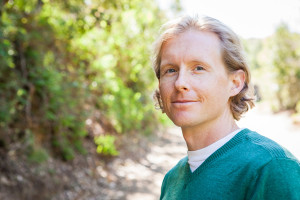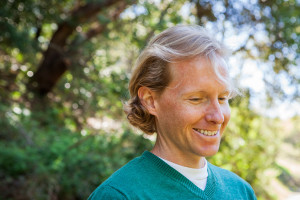Taking the time to explore natural wonders when the opportunity presents itself has always been a habit of mine. Hiking to the promise of a distant waterfall or pursuing a difficult uphill trail to find that largest redwood in a particular grove can end up being more work than I originally planned on. These efforts can sometimes seem to be too difficult or the goal too remote to justify the effort or even risk involved in getting there but I believe the reward of experiencing the object in a tactile way, through touching, smelling, seeing, and listening, always makes the aching muscles and pounding heart worth it. I take these risks within reason in the hope that I can come closer to something other-worldly, something completely outside the sphere of my normal life, and extend my senses out to meet it.
While hiking in Juneau, Alaska I was able to traverse the ice on the Mendenhall Glacier and climb inside of the giant itself. Entering the cavernous ice caves with my friends and reaching out to touch and smell its infinitely deep walls was magical. The color of the blue was something completely unique to me and the effect of being able to stare so far into the depths of the ice was a memory I will never forget. The caves collapsed just hours after I had passed through and I will never be able to travel through them again but I am very happy that I was able to travel out of them before they disappeared.













